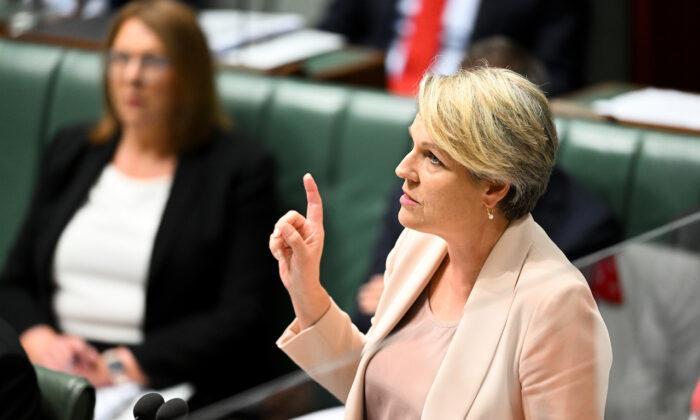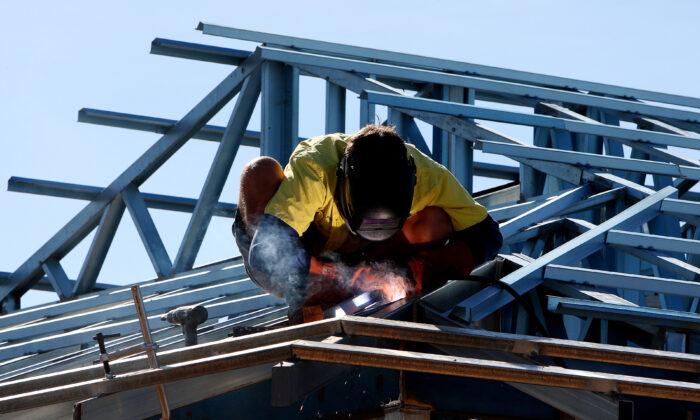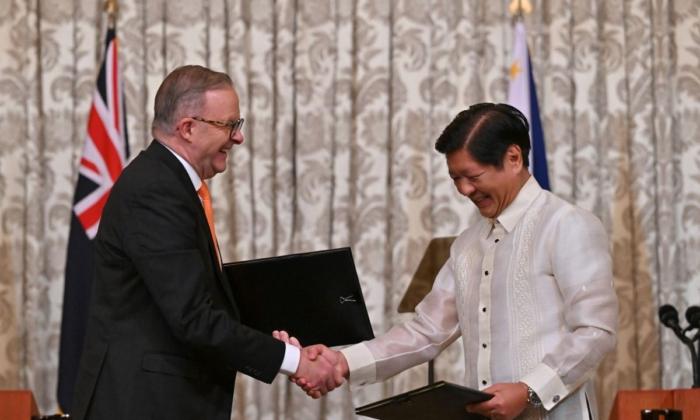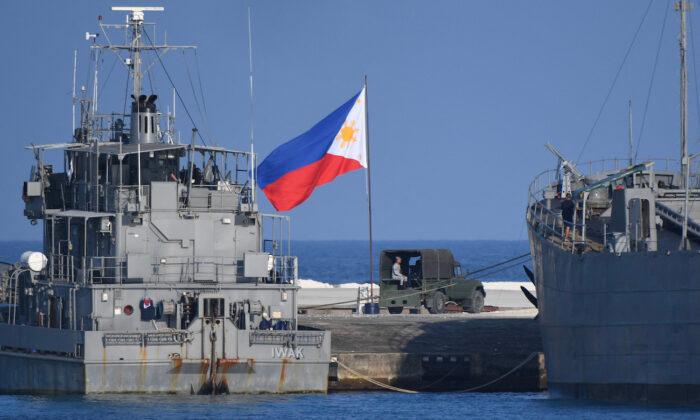A leading Australian policy think tank has warned the federal government that the Chinese military may seek to control ports in Brisbane, Melbourne, and Sydney via state-owned enterprises (SOE) as part of a broader ambition to project the communist regime’s power globally.
Jones warned the federal government that Beijing views these locations as “strategic strong points” where China can use civilian control to establish economic gain and military dominance in the Indo-Pacific region.
“Beijing’s greater willingness to flex its muscles, both politically and militarily, is supported by its overseas investments in critical infrastructure, which provides the People’s Liberation Army (PLA) with the logistical enablers needed to project military power beyond the ‘first island chain’ in the Western Pacific,” Jones wrote.
Critical to the expansion of Chinese maritime influence is the Belt and Road Initiative (BRI), which Jones says enables Beijing, through SOEs—like COSCO and China Merchants—to extend the presence of the PLA to a network of ports and hubs—known as the string of pearls.

Ostensibly regarded as commercial operations, SOE’s are commercial companies run by the Chinese Communist Party (CCP), each with a CCP committee and numerous subordinate Party branches tasked with ensuring the company’s commercial strategies align with the directives of the CCP’s governing body, the Politburo. This overarching control of the companies can go even further, with companies often having an in-house paramilitary arm.
However, more concerning than the ideological control over these commercial ventures is the civil-military fusion all SOE’s are required to engage in with the Chinese regime.
Chinese-Leased Australian Ports
Currently, Australia has two ports that are controlled or jointly held by Chinese enterprises.The Port of Darwin was the most controversial of these acquisitions, being strategically important for Australia and the United States. This is because Darwin hosts a rotation of the U.S. Marine Expeditionary Unit (MEU) for interoperability training with Australian Defence Forces for six months of the year.
A report by the Australian Senate even flagged concerns that China’s operational control of the port could facilitate cyberattacks and intelligence collection on the U.S. and Australian military forces stationed nearby.
Jones asserts that given the increasing investment the federal government wishes to make into the country’s naval platforms as part of the Strategic Force Update, it also needs to review Australia’s port infrastructure to determine what it needs to build or expand.
“Australia needs to ensure that its approach to bids for port infrastructure is both coordinated by the federal government and consistent with national security priorities,” Jones wrote.




